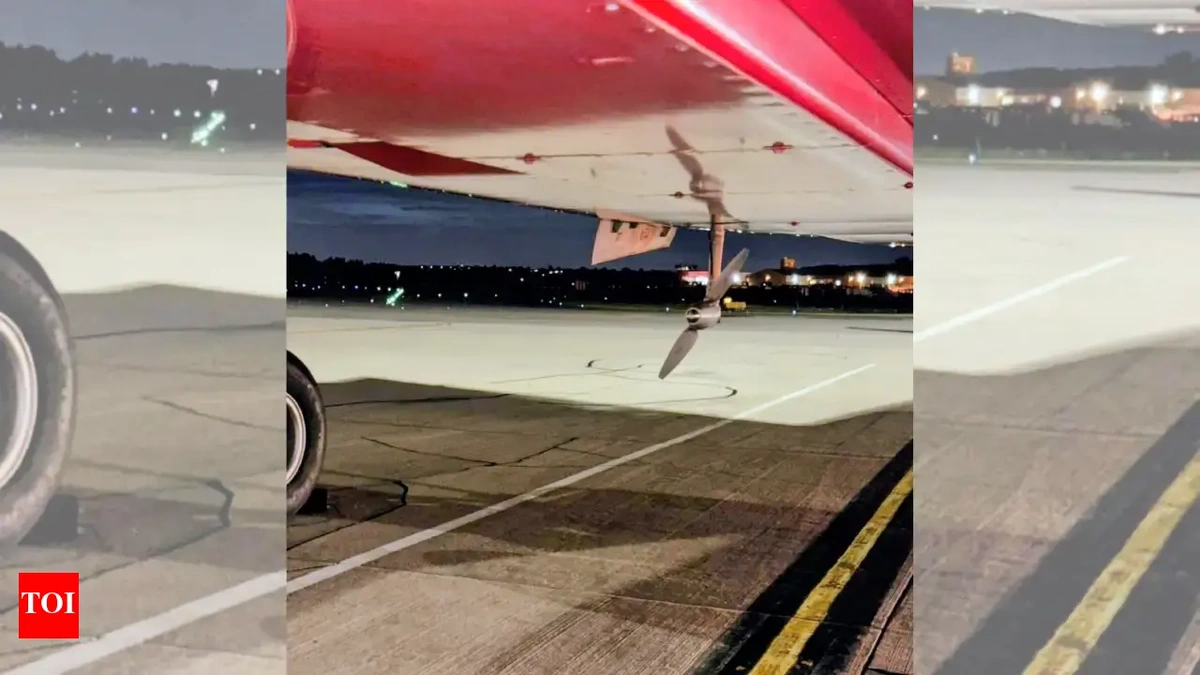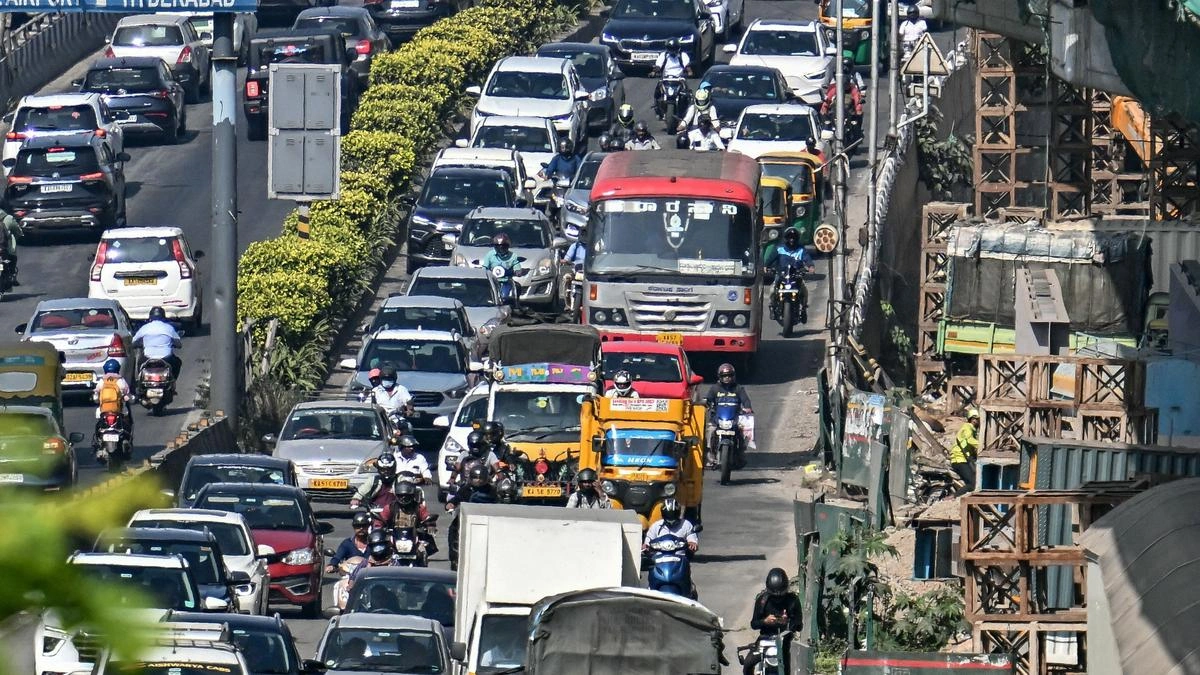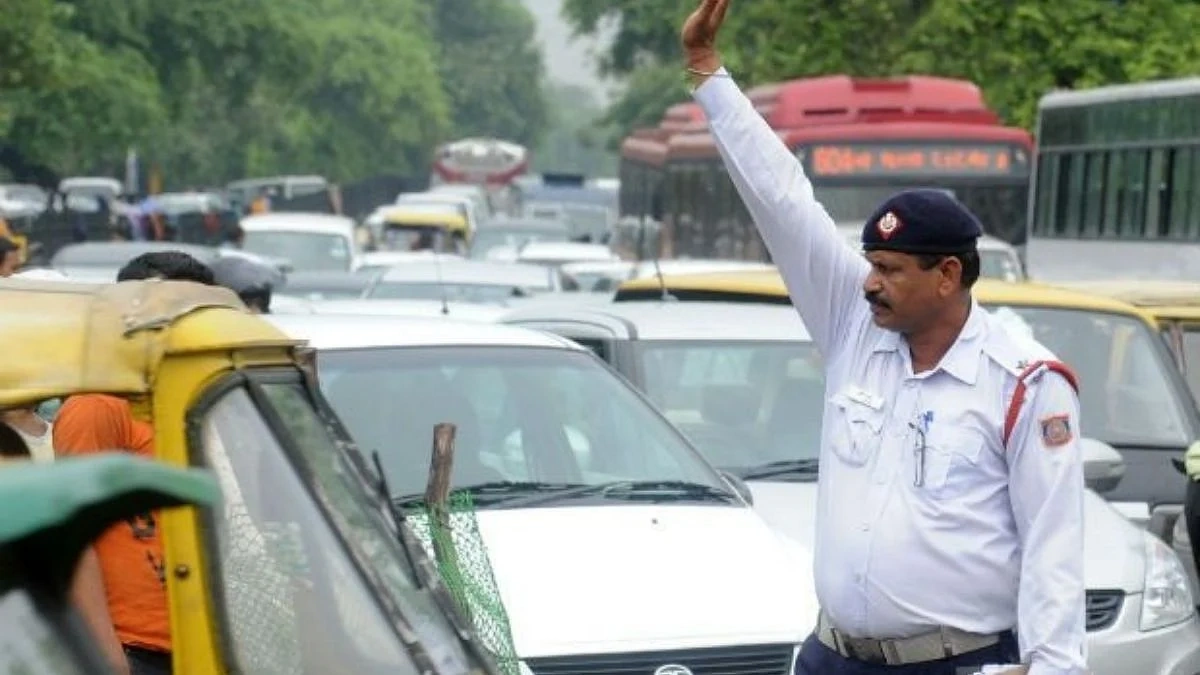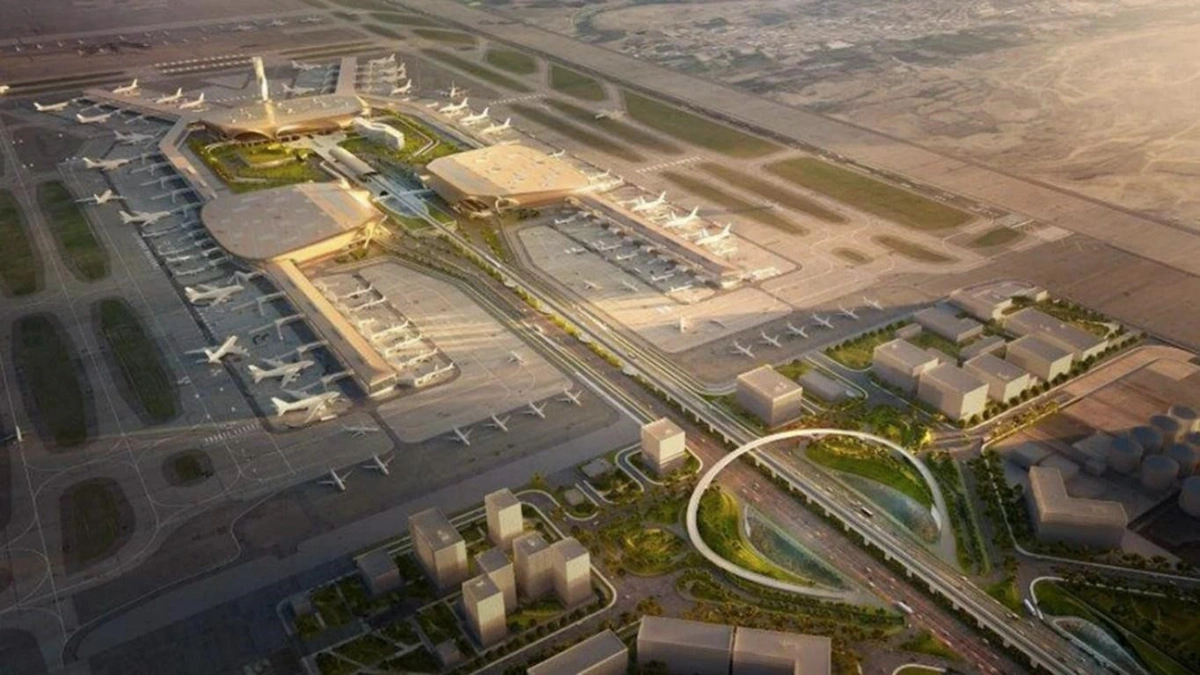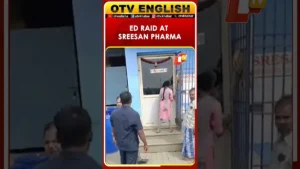Air India Flight Under Investigation Following RAT Unlock Alert on Landing
Alright, folks, let’s talk about something a little unusual – an Air India flight under investigation. Now, I know what you might be thinking: just another day, another delay, right? But this is a bit different. This involves a “RAT Unlock Alert” upon landing, and that’s not something you hear every day. Here’s the thing – it’s not just about the delay; it’s about what that alert signifies and the potential implications for passenger safety and airline security. As an analyst, let’s dig into why this seemingly small event could signal a much larger issue.
Decoding the RAT Unlock Alert | More Than Just a Glitch
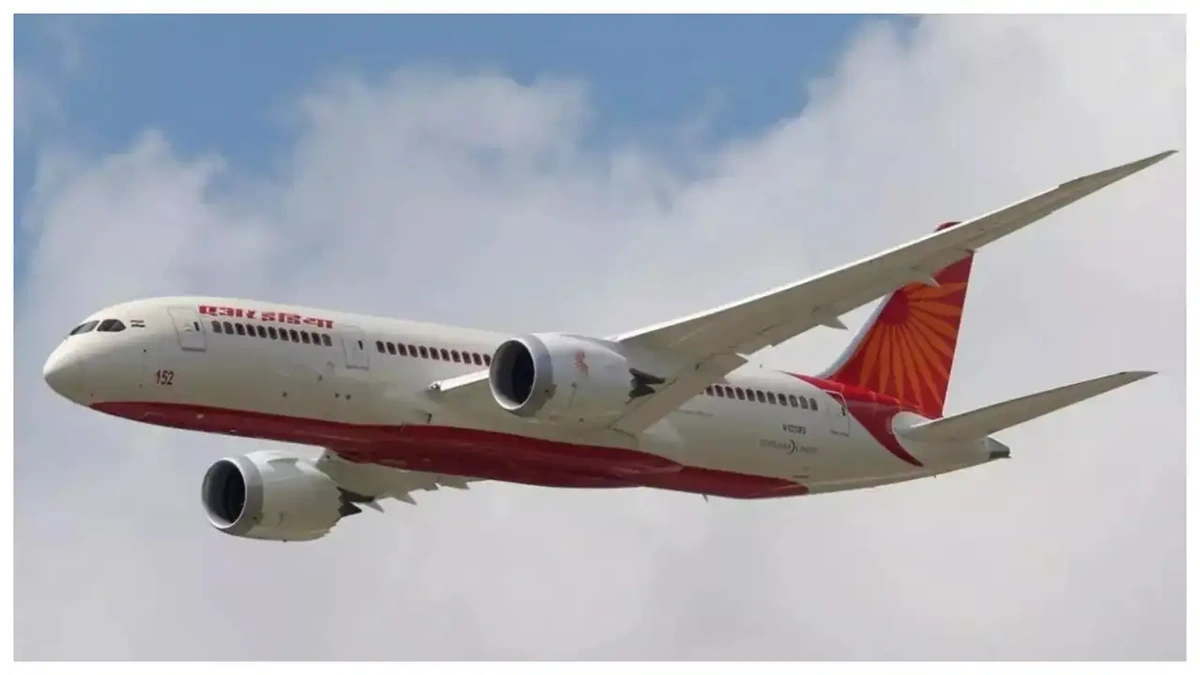
So, what exactly is a RAT Unlock Alert? Well, “RAT” in aviation parlance stands for Ram Air Turbine. It’s basically an emergency generator – a small propeller that deploys automatically if the plane loses engine power, providing essential electricity to keep critical systems running. The “Unlock Alert” ideally signals the RAT was deployed unexpectedly. Let’s be honest, modern aircrafts use advanced technology to manage every aspect of the flight. An unexpected deployment means there could be something malfunctioning in the system.
Here’s why it’s crucial to understand this. A RAT deployment isn’t supposed to happen unless there’s a significant power failure. If it’s unlocking unexpectedly, it raises questions: Was there a momentary loss of engine power? Was it a sensor malfunction? Or, more worryingly, could there be a deeper systemic issue with the aircraft? Remember, air travel is one of the safest ways to travel, largely due to redundant safety systems. But when one of those systems kicks in without a clear cause, alarm bells should ring.
Possible Causes and Immediate Implications for Air India
Several factors could trigger a RAT unlock . It could be a faulty sensor misreporting engine failure. It could be a transient electrical surge messing with the system. Or, worst case scenario, it could indicate a genuine, albeit brief, loss of power from the main engines. What fascinates me is how these alerts are handled. What’s the protocol? How quickly is the data reviewed? Are there independent reviews of these types of incidents?
The immediate implication for Air India is, of course, the investigation. Civil Aviation Authority will want to know everything. They’ll be scrutinizing maintenance logs, pilot reports, and the aircraft’s black box data. There could be short-term disruptions as the airline grounds the specific aircraft model in question for inspections. The incident is under investigation. This investigation is crucial for maintaining public trust and ensuring passenger safety . As per aviation safety guidelines, this will likely lead to a series of thorough checks across the airline’s fleet. These types of investigations can take weeks, even months, to complete.
The Ripple Effect | Trust, Safety, and the Future of Air Travel
Here’s where it gets interesting. Beyond the immediate investigation, an incident like this can have a ripple effect. Public trust in an airline is paramount. If passengers start to feel unsafe, it can impact bookings. Moreover, if the investigation reveals a systemic issue, it could lead to stricter regulations for flight safety and aircraft maintenance across the industry.
But, and this is a big ‘but’, let’s not jump to conclusions. It’s entirely possible that this turns out to be a minor glitch – a sensor issue or a software bug. The point is not to induce panic, but rather to highlight the importance of these safety systems and the rigorous protocols in place to address any anomalies. What I initially thought was going to be straightforward, turned out to be deeper than I had originally anticipated.
Air India RAT Unlock Alert | The Passenger Perspective
Let’s step into the shoes of a passenger for a moment. You’re mid-flight, everything seems normal, and then suddenly an announcement about a minor technical issue and a slightly delayed landing. You might feel a twinge of anxiety, but you trust the pilots and the crew. But what if you later found out about the RAT unlock alert ? Would you feel differently? Here’s the thing: transparency is key. Airlines need to communicate clearly and honestly with passengers about these incidents, without causing unnecessary alarm. Provide passengers with some level of assurance; it could alleviate a lot of anxiety.
Ultimately, incidents like this serve as a reminder of the complex and interconnected systems that keep us safe in the skies. A faulty sensor , a software glitch – these seemingly small things can trigger a cascade of events, highlighting the vigilance and the engineering marvels that are modern airlines. These incidents also point to the importance of continuous monitoring and ongoing research to improve safety.
So, the next time you’re on a flight, take a moment to appreciate the incredible technology and the dedicated professionals working behind the scenes to ensure your safe journey. This recent Air India incident , while concerning, could be a step toward even greater safety and reliability in the future.
FAQ | Understanding the Air India RAT Unlock Alert
What does a RAT Unlock Alert actually mean?
It means the Ram Air Turbine – an emergency power source – was deployed or indicated an unlocking issue unexpectedly. It could signal a loss of engine power or a system malfunction.
Is it safe to fly after a RAT Unlock Alert?
Airlines have stringent protocols in place. The aircraft will undergo thorough inspection and maintenance before returning to service. Passenger safety is the utmost priority.
What are the potential consequences for Air India?
Besides the immediate investigation, there could be fleet-wide inspections, temporary grounding of aircraft, and potential reputational damage. The extent depends on the investigation results.
How often do RAT deployments happen?
RAT deployments are rare in modern commercial aviation. They typically only occur in the event of a significant loss of engine power.
Where can I find more reliable information about air travel safety?
The Civil Aviation Authority and the Directorate General of Civil Aviation (DGCA) websites provide detailed information on safety regulations and incident reports.
